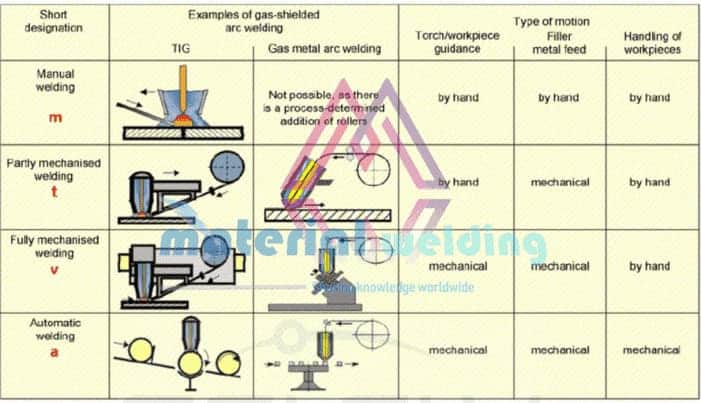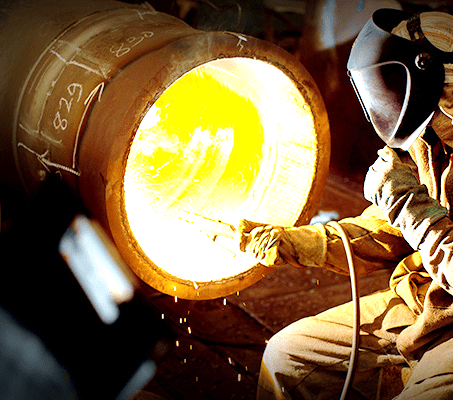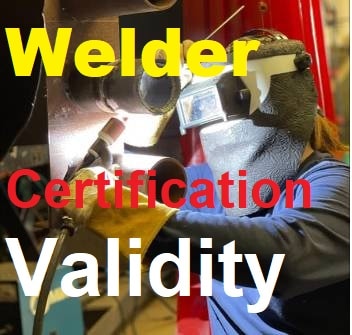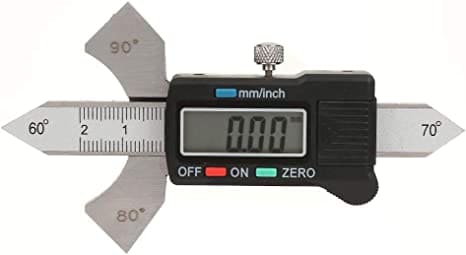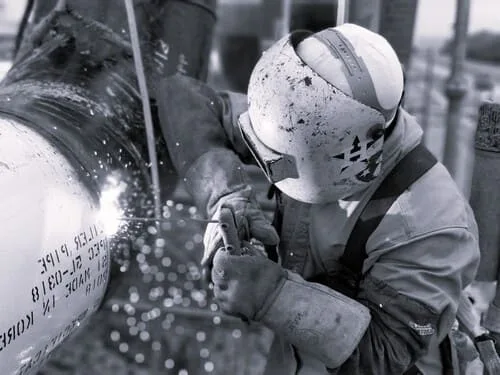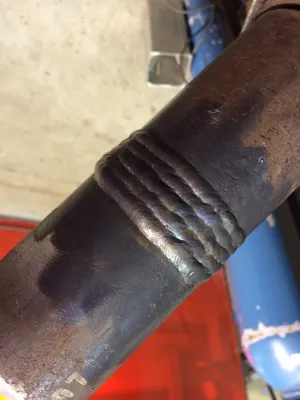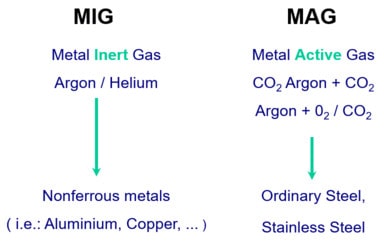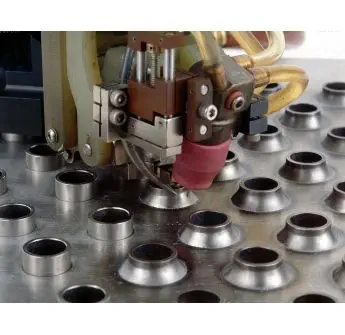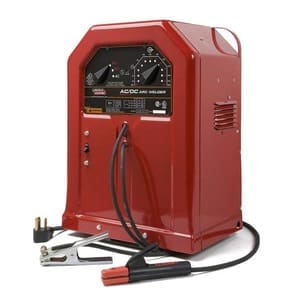What is Automatic Welding?
Automatic welding (invented in 1920 by P.O. Nobel- GE USA) is a welding process that uses an automatically operated welding power source to feed consumable electrode wire without any manual intervention for electrode feeding. The simple example of automatic welding is Submerged Arc Welding or SAW.
Automatic welding can be performed with either metal-inert gas or flux-cored arc welding or submerged arc welding or Laser or Plasma, no name a few commonly used welding processes.
The main advantages of automatic welding are higher production rates and improved weld quality.
While metal-inert gas automatic welding is more common, laser and plasma automatic welding is growing in popularity due to its ability to weld thicker materials, perform autogenous welding and work in all positions.
Types of Automatic Welding
Automatic welding can be classified based on use of Filler metal or autogenous types. Some automatic welding processes require additional filler wire (e.g., SAW, orbital TIG) while some are autogenous type (e.g., Laser or plasma without filler).
Read more: Manual vs Semi-automatic vs Automatic Welding
There are many types of automatic welding, including:
- Submerged Arc Welding,
- Orbital TIG Welding,
- Laser welding,
- Plasma welding,
- Spot welding,
- Friction Welding,
- Seam welding,
- Projection welding,
- Butt welding,
- Flash welding, and
- Forge welding.
Automatic Welding Process Examples
The automatic welding process is a great way to save time and money when welding tanks and vessels. Below are some examples for Automatic
- Submerged arc welding (SAW) is a popular choice for welding tanks and vessels because it is a fast and efficient process.
- Orbital tig welding is another efficient way to weld pipeline girth welds. This process uses less heat than other methods, which helps to reduce the risk of warping or damaging the pipe.
- SAW is also a great choice for pipe manufacturing because it produces high-quality welds with minimal defects.
- The automatic welding process can be used for a variety of applications, making it a versatile tool for any welder.
- Whether you’re welding tanks, vessels, or pipelines, the automatic welding process can help you get the job done quickly and efficiently.
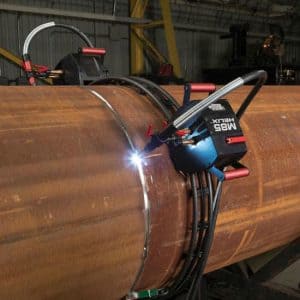
Automatic Welding Machine for Pipeline
An automatic welding machine is a critical piece of equipment for pipeline manufacturing. The machine welds pipes together using the submerged arc welding (SAW) method, which is known for its high quality and reliability.
Pipeline manufacturers require an automatic welding machine that can handle large diameter pipes and thick wall thicknesses. The machine must be able to perform multiple passes and have a high degree of accuracy. In addition, the machine must be able to weld pipe joints that are not perfectly round.
An automatic welding machine that meets all of these requirements is the L&H SAW-Pipe 1000. This machine is capable of welding pipe diameters up to 60 inches (1,524 mm) and wall thicknesses up to 1 inch (25 mm).
Advantages of Automatic Welding
With the invention of automatic welding, gone are the days of manual labor in the welding industry. This new technology has made it possible for machines to do the work that was once done by human hands. The advantages of automatic welding are many, including increased productivity, accuracy and safety.
In terms of productivity, automatic welding can outperform manual welding by as much as 50%. This is because the machine is not subject to fatigue and can work for longer periods of time without rest. In addition, more than one weld can be completed at a time with automatic welding, which is not possible with manual welding.
Accuracy is another advantage of automatic welding. With this type of welding, there is less chance for human error. This means that welds are more likely to meet specifications and be free of defects.
Safety is also improved with automatic welding.
Manual Welding vs Robot Welding
There are several important differences between manual welding and robot welding.
1. Manual welding requires more operator training and skills than robot welding.
2. Manual welding is more physically demanding than robot welding and can be more dangerous.
3. Robot welders can work faster and more accurately than manual welders.
4. Robot welders are less likely to make mistakes that can lead to defects in the finished product.
5. Robot welders can be used in environments that are too dangerous for human workers.
Automated Welding Processes
Following are the main types of Automated Welding Processes:
- Submerged Arc Welding,
- Orbital TIG Welding,
- Laser welding,
- Plasma welding,
- Spot welding,
- Friction Welding,
- Seam welding,
- Projection welding,
- Butt welding,
- Flash welding, and
- Forge welding.
Machine Welding vs Automatic Welding
Machine welding, also known as manual welding, is the more traditional type of welding. It requires the use of two hands, one to hold the torch and the other to feed the filler material into the weld area.
This type of welding gives the operator more control over the weld, which can be helpful when working with delicate materials or in tight spaces. However, it is also more physically demanding than automatic welding and can be slower overall.
Automatic welding, on the other hand, utilizes a machine to do most of the work.
The operator still needs to guide the torch and monitor the process, but they don’t have to worry about feeding in filler material.
